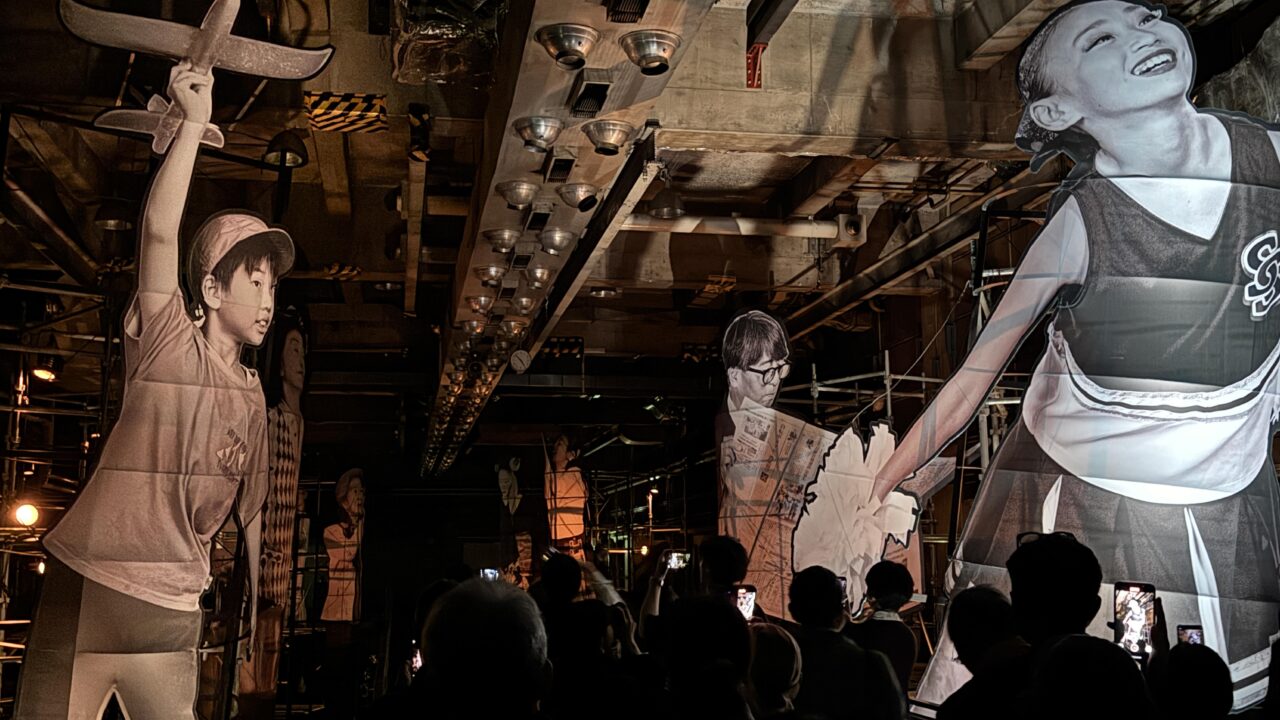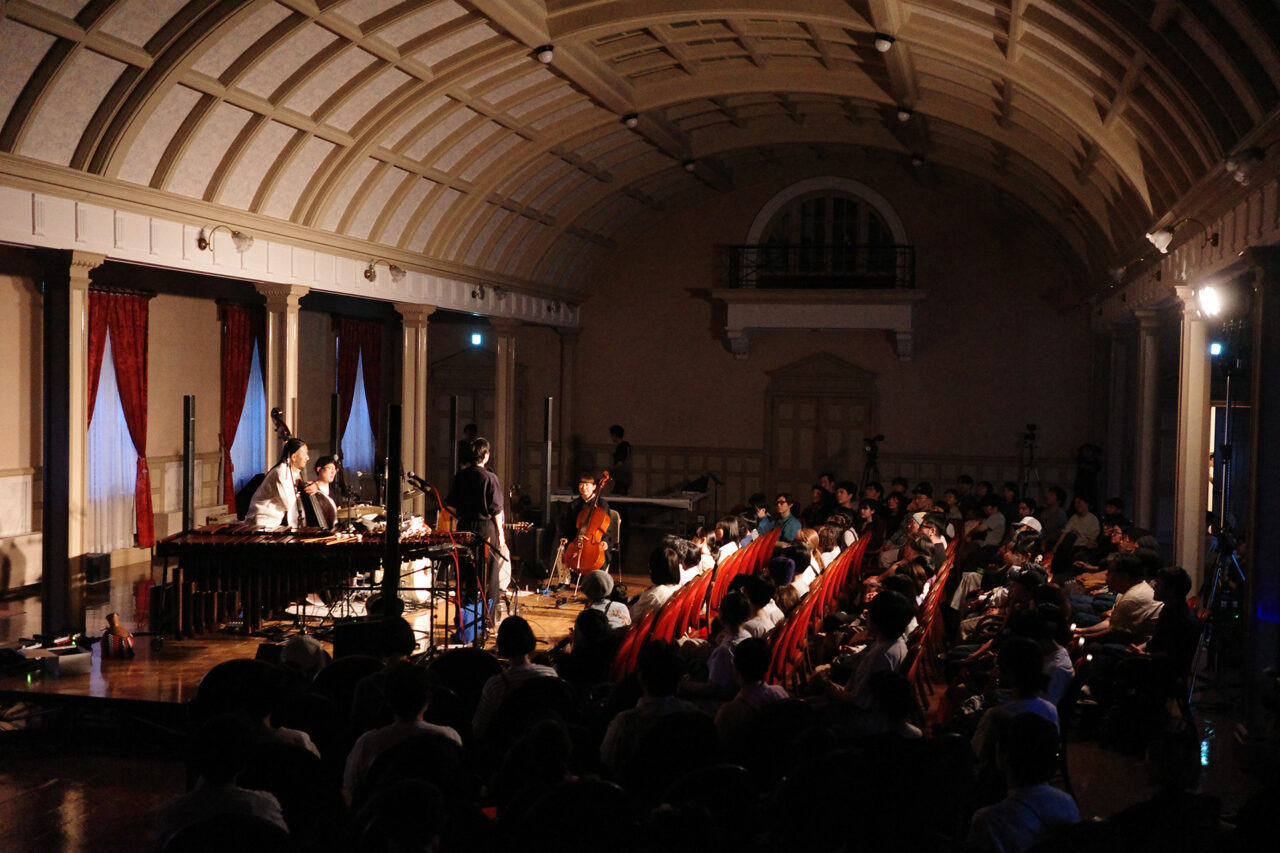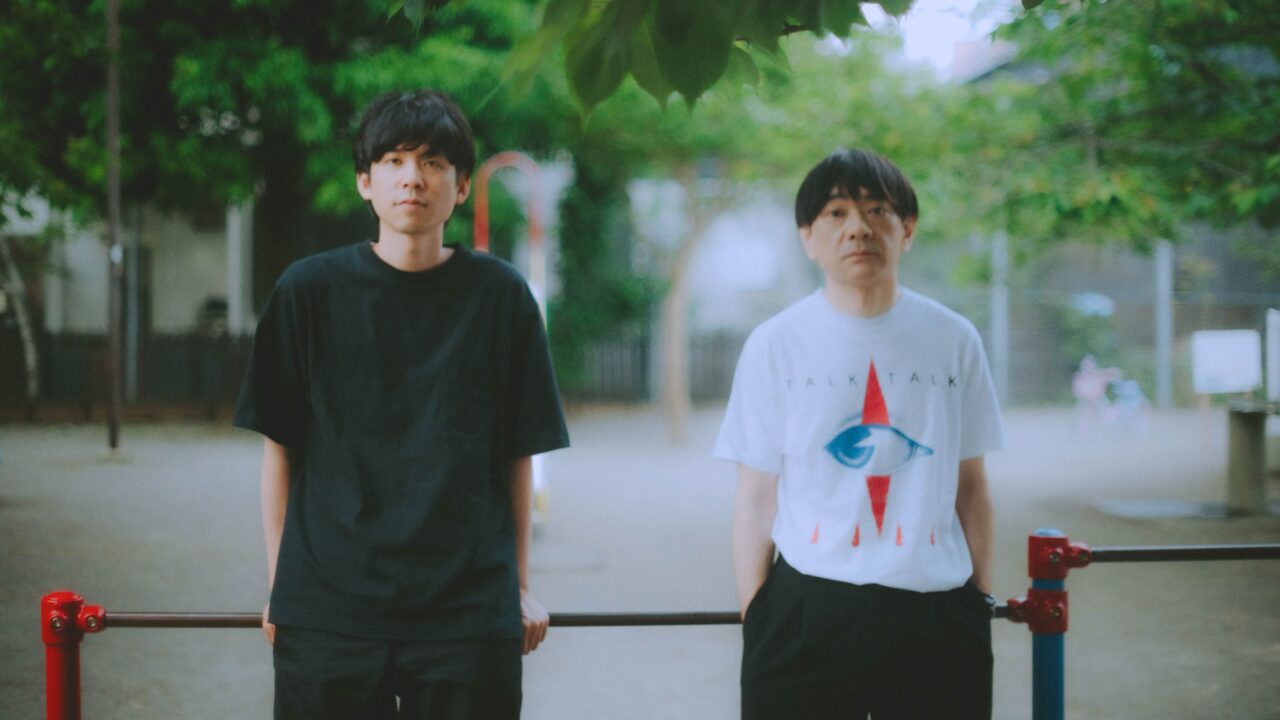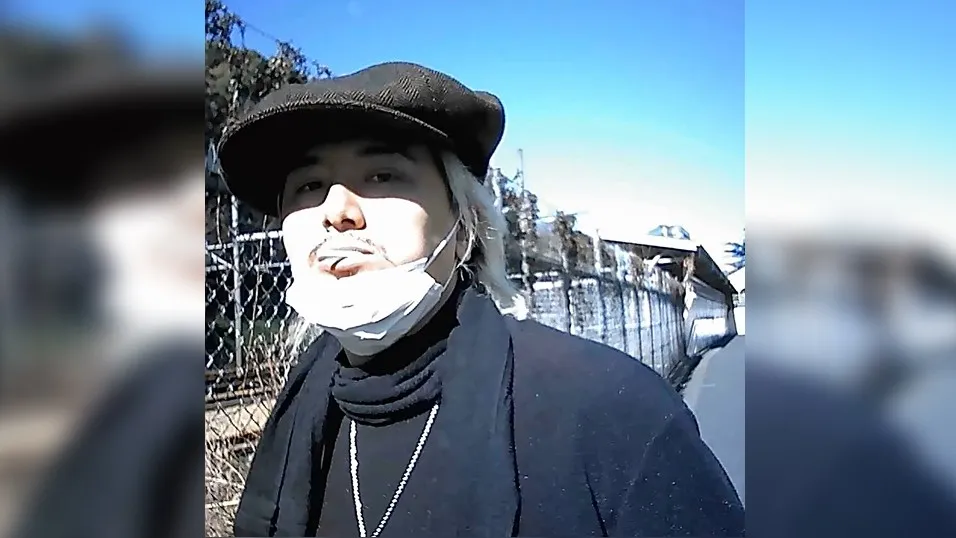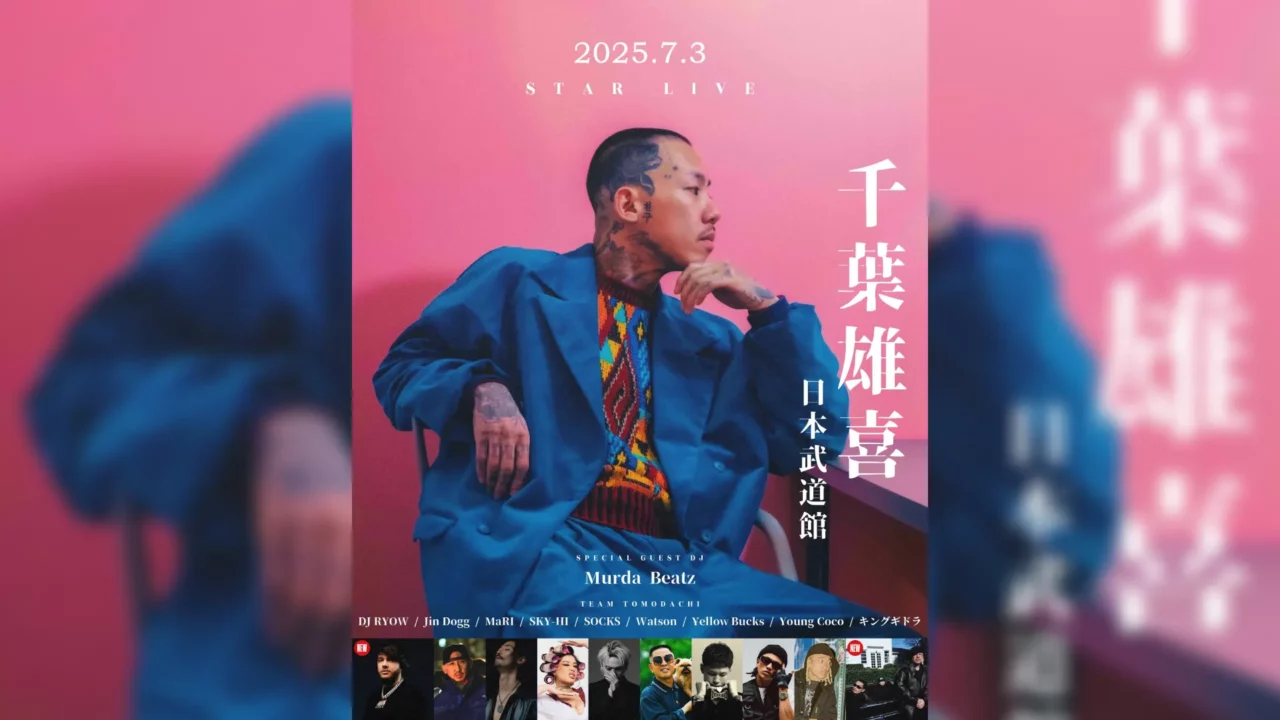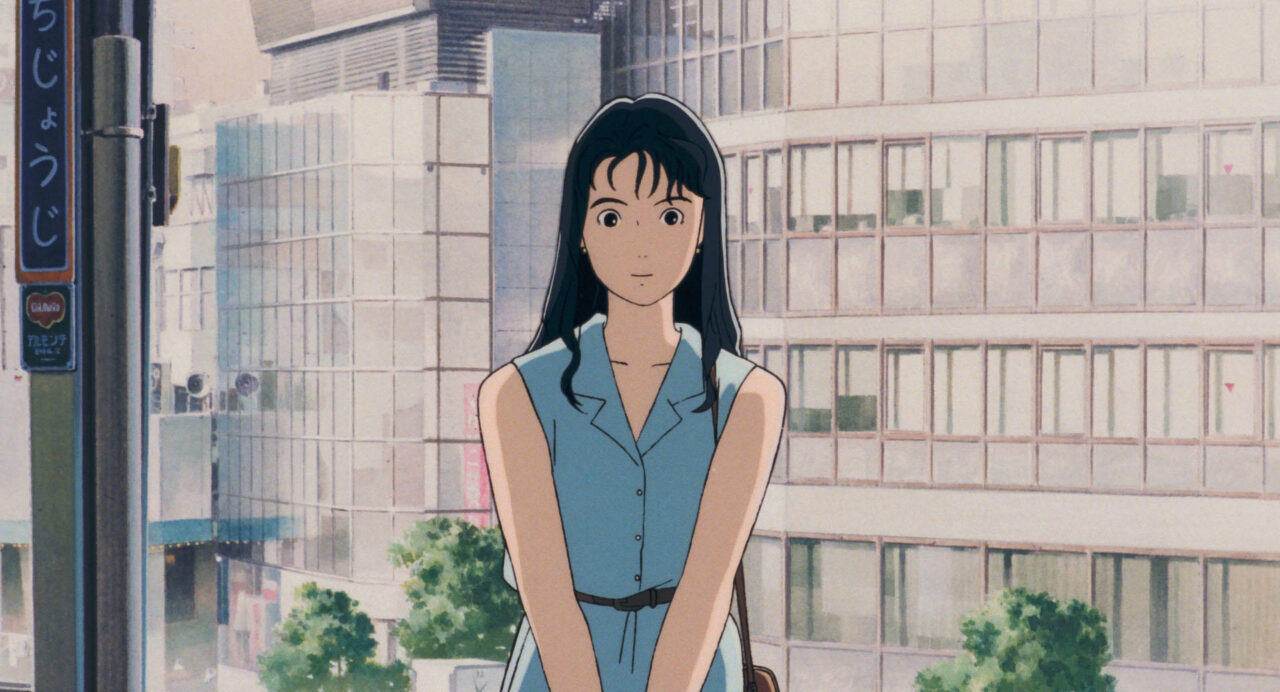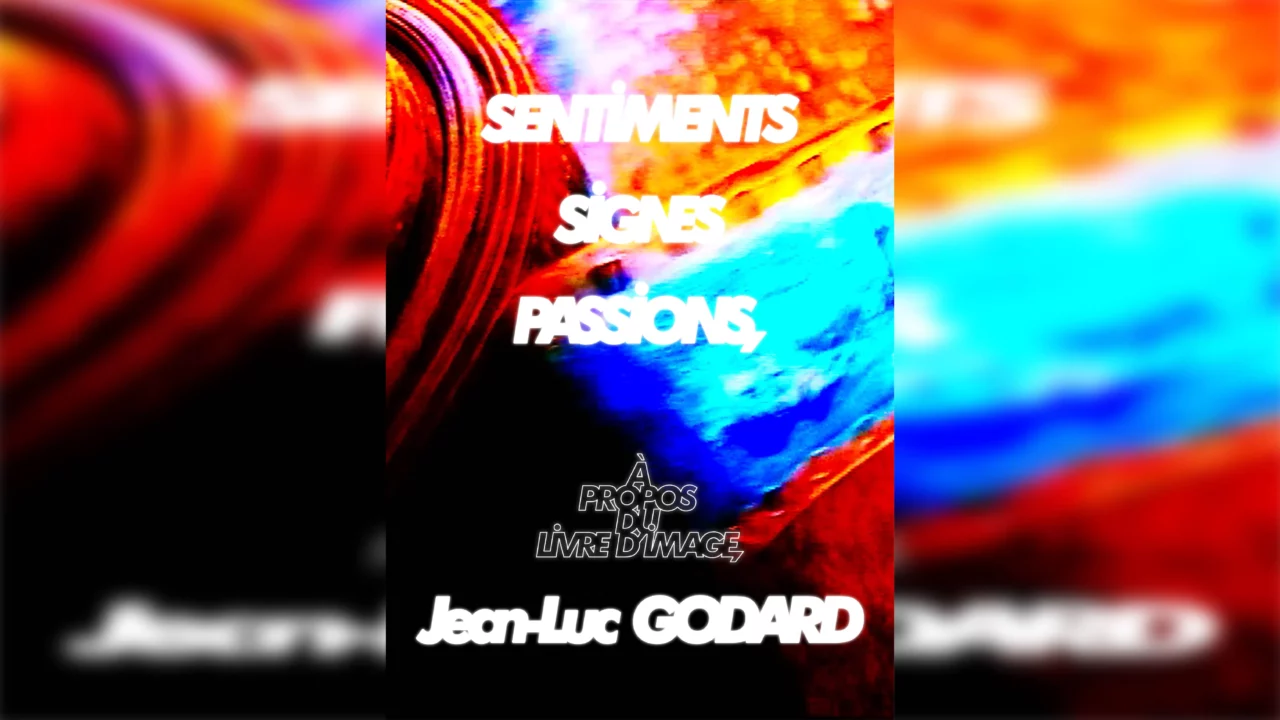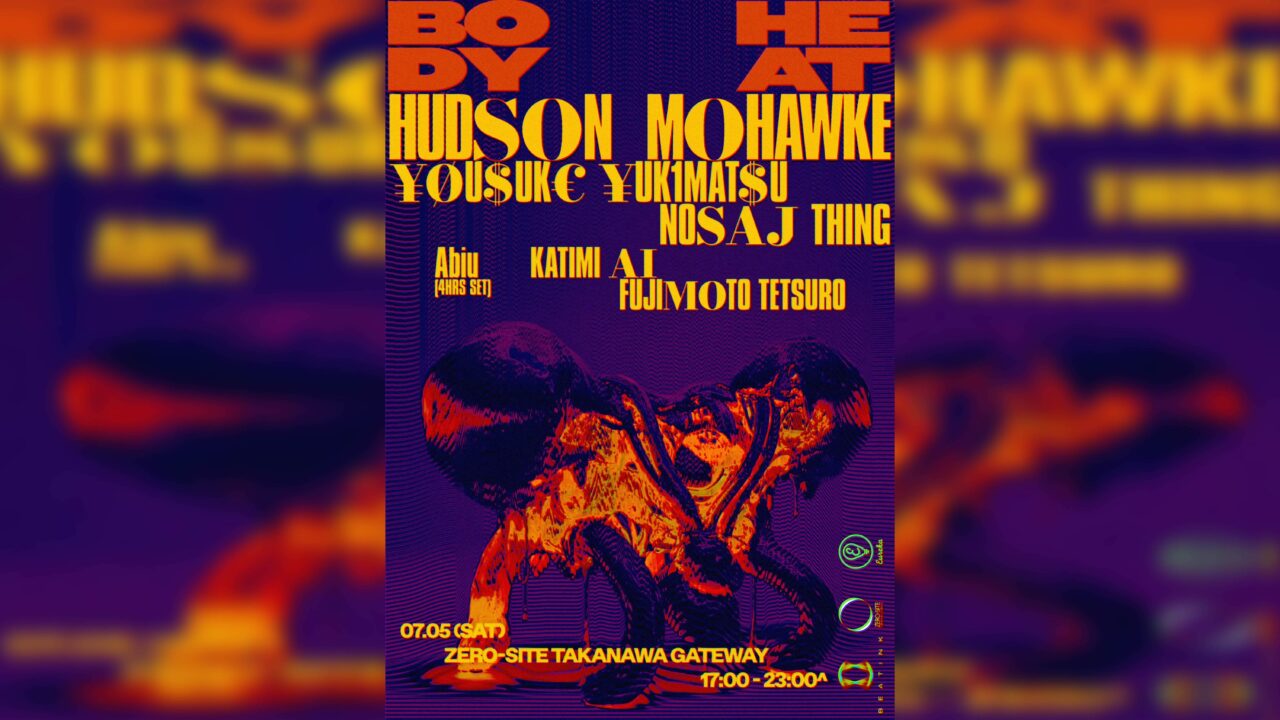“Revisiting HOSONO HOUSE” is a short series celebrating the release of HOSONO HOUSE COVERS, a fresh interpretation of Haruomi Hosono’s landmark album. Written by Ryohei Matsunaga, the series dives into the profound impact HOSONO HOUSE has had in Japan, spotlighting covers by Yuma Abe, Cornelius, and kukuku (Ikuko Harada & Manami Kakudo). Through these artists’ close connections with Hosono, Matsunaga offers a thoughtful exploration of the album’s lasting influence.
INDEX

Musician. Hosono made his debut in 1969 as a member of April Fool. In 1970, he co-founded Happy End, and in 1973, he launched his solo career while also performing as part of Tin Pan Alley. In 1978, he formed Yellow Magic Orchestra (YMO), contributing to the pop music industry as a songwriter, producer, and label owner.
Following YMO’s disbandment, Hosono explored world music, ambient, and electronica, engaging in composition, production, and film scoring. In 2019, celebrating the 50th anniversary of his musical career, he released HOCHONO HOUSE, a reimagining of his first solo album, HOSONO HOUSE (1973).
In 2024, marking his 55th anniversary in music, the tribute album HOSONO HOUSE COVERS, featuring 13 artists, was released.
The Influence of the Haruomi Hosono Style in “Kaze Wo Atsumete” and “Fuyugoe”
I’ve long been fascinated by the way Haruomi Hosono stretches the “no-” in “Fuyugoe” during the latter part of the chorus, especially in the context of the word “seasons.” The way he places the notes against the chords feels almost vague—like a delicate, unmistakable “Haruomi Hosono touch.” In the original version of HOSONO HOUSE (1973), the note is elongated in a straightforward yet subtly undulating manner, somewhat akin to the treatment of the “o-” in “Aozora o” from “Kaze Wo Atsumete” (1971).
The choice of that floating yet linear melody and vocal delivery by Hosono seems to come from a more instinctive, rather than logical, place. In other words, this is what defines his “style.” At the time, Hosono was still unfamiliar with singing, so he might have consciously avoided using vibrato or vocal embellishments (perhaps inspired by James Taylor).
However, the difficult-to-describe choice of scale seems to reflect Hosono’s innate, natural sense that resonates with him personally. It’s like the warmth and loneliness, the “between” of what is known and unknown. The first time I felt this was in the “o-” of Kaze o Atsumete, and then another striking example appeared in “Fuyugoe.”



